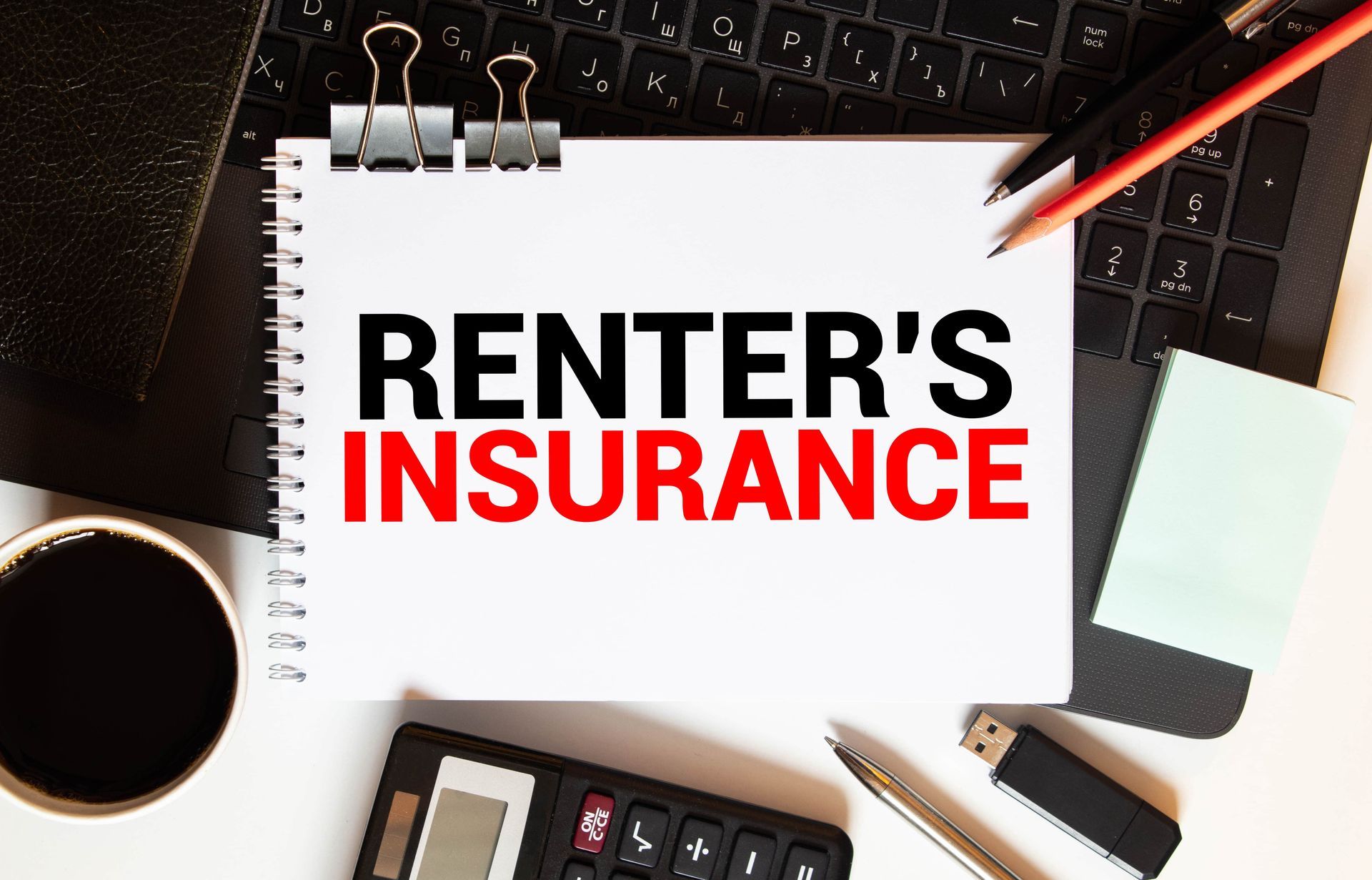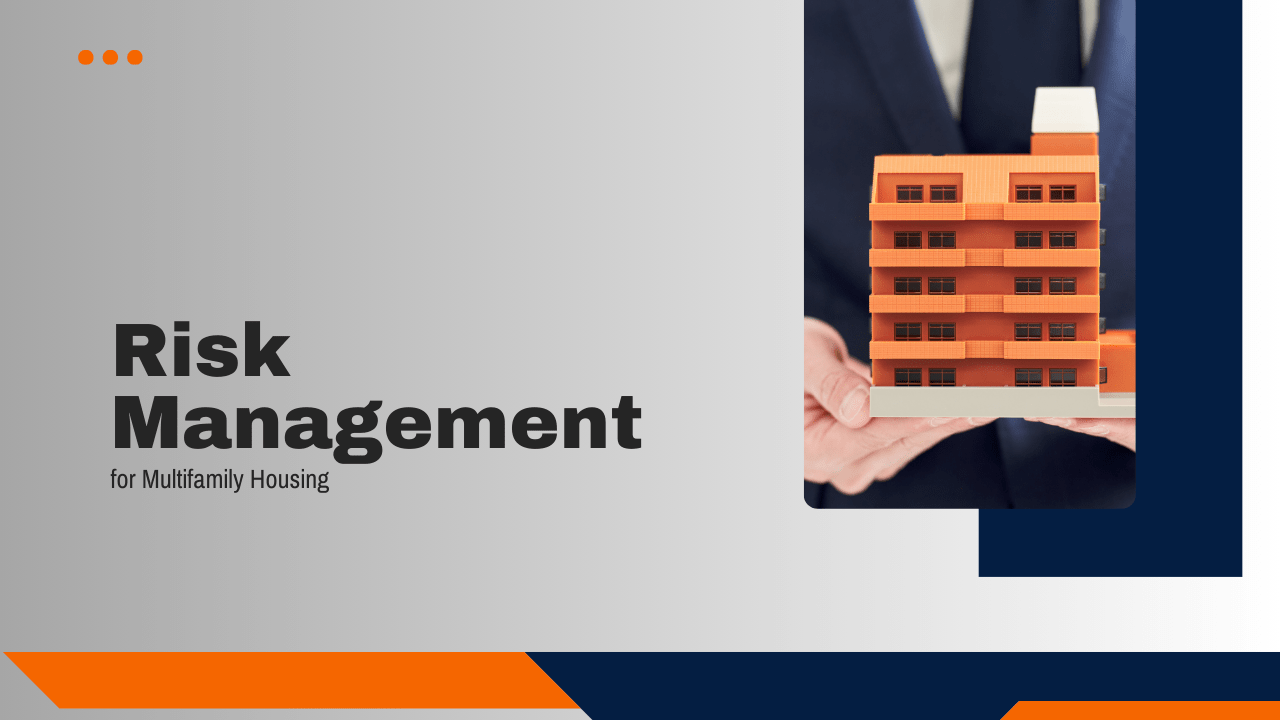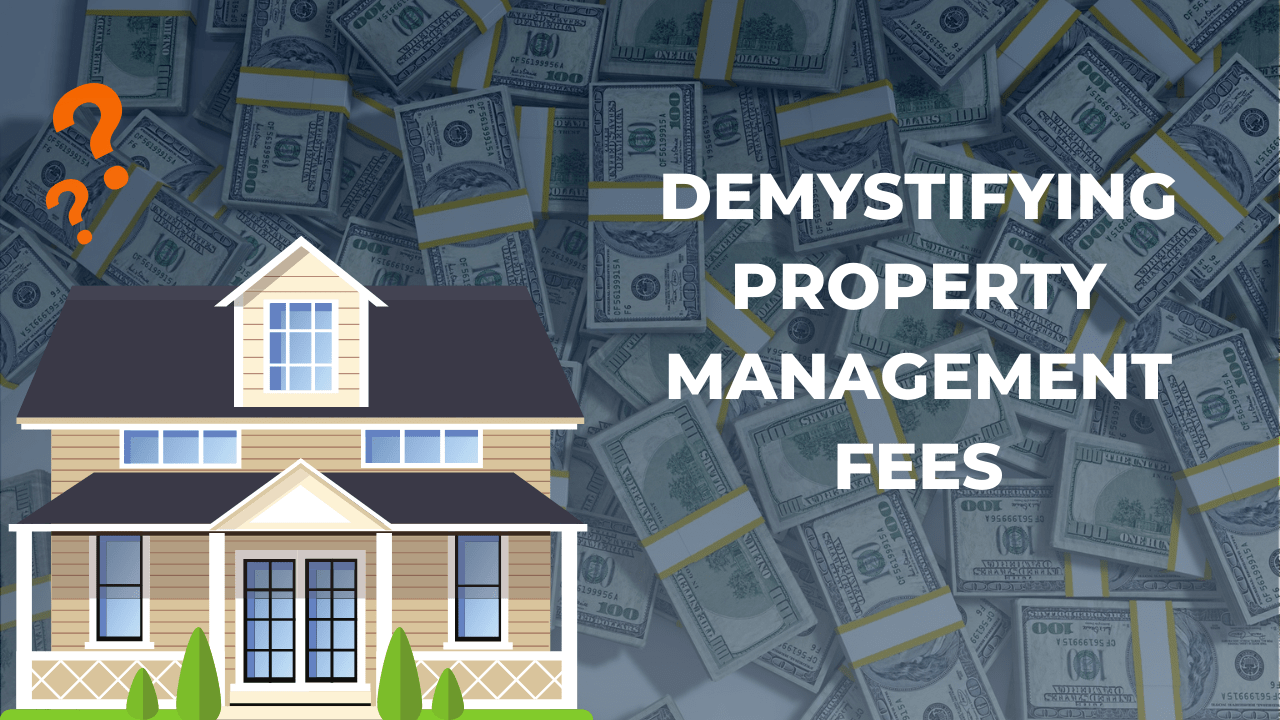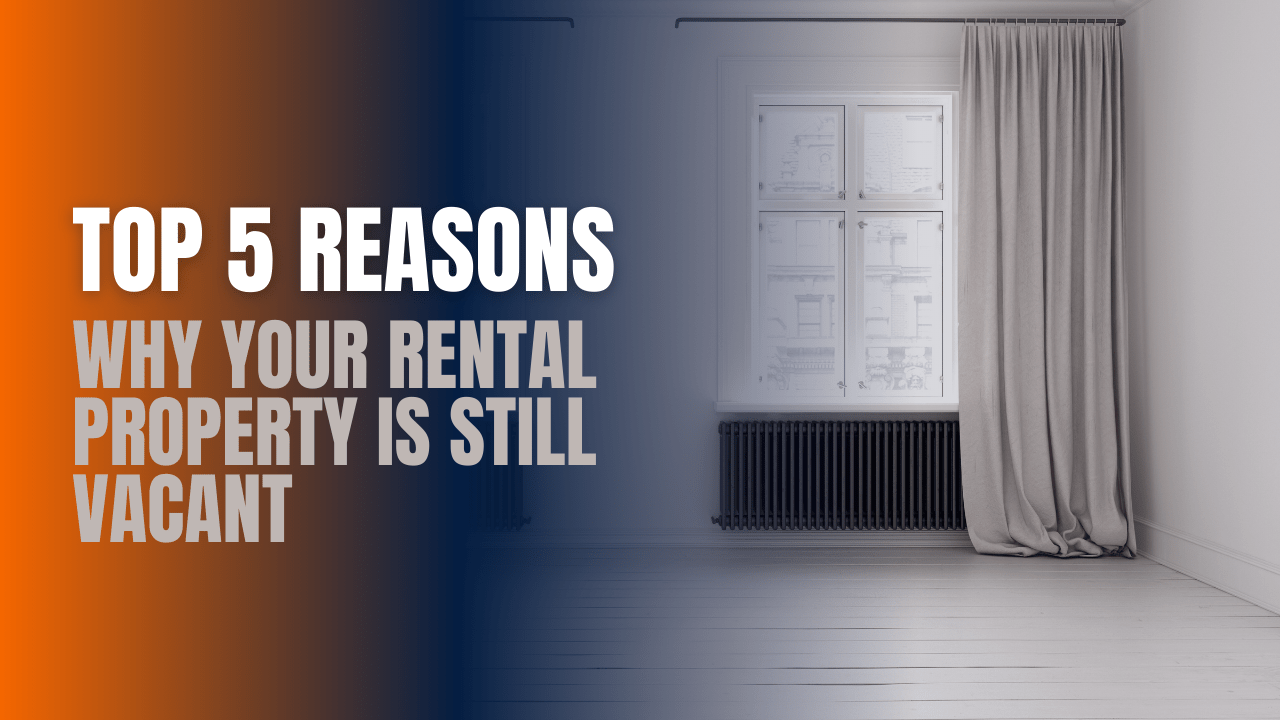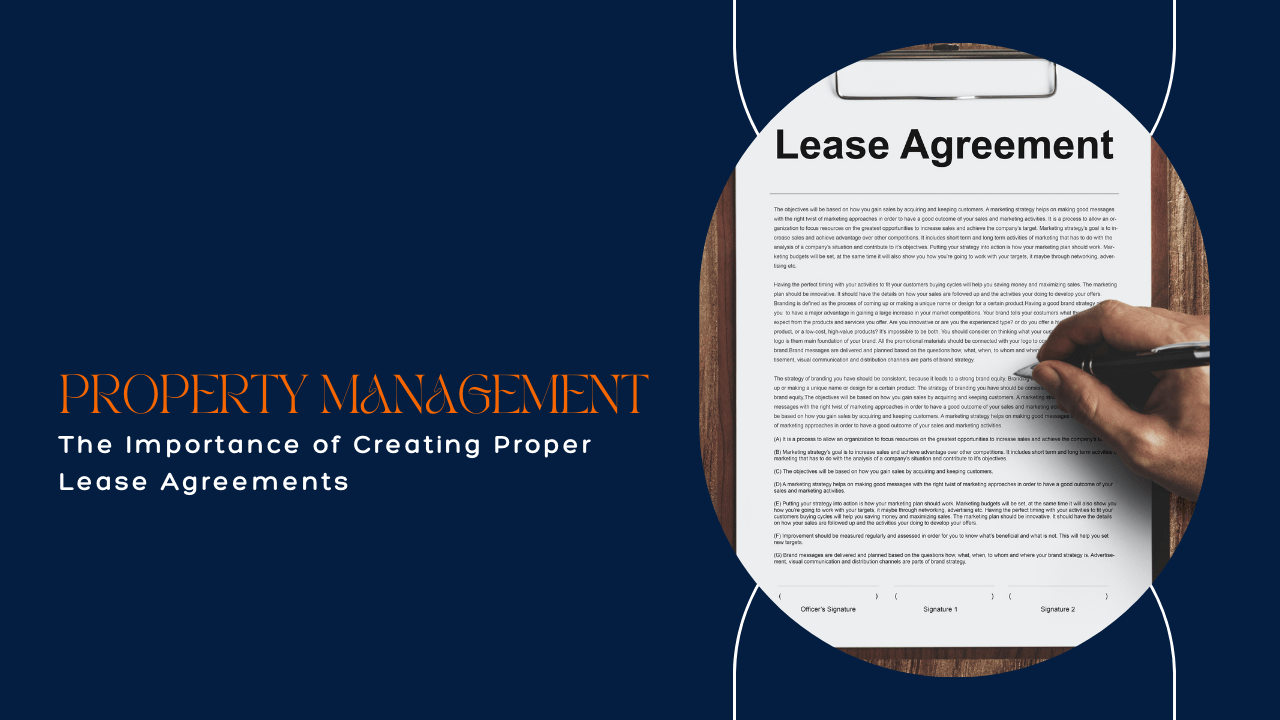Don’t you feel that the world is getting more uncertain. Whether we’re talking about fires, earthquakes, pandemics, laws, accidents, or general risk and liability, it often feels like things are getting less stable.
Your rental property needs to be protected.
The starting point to protect yourself is to get a comprehensive insurance policy. Insurance can be complex and depend on your unique situation and the
rental properties that are in your portfolio. We’d love to have a personalized discussion with you to understand your specific needs.
Most importantly, let’s discuss how to protect your assets in a world where anything is possible. Let’s explore the key information required to protect your
real estate investment and your financial interests.
Why You Need Rental Property Insurance
Your real estate is worth a lot of money. If a rental property gets destroyed in an earthquake or a tenant fire in the kitchen burns it down, you want to make sure you can rebuild. If a sudden leak causes damage to walls and floors, you need the resources to remedy and repair the damage.
Rental insurance will provide peace of mind in the following ways:
- Protection from Natural Disasters
This is California, and the natural disasters that sweep through our state can be devastating. Most people here would agree that investment properties are more susceptible to everything from earthquakes to floods to fires to coastal erosion. Standard insurance policies typically exclude flood damage, and they don’t include earthquake damage, making it essential to have a specialized
rental property insurance policy that covers these risks. You may need to add specific insurance coverage to the rental policy you select. This ensures that your investment is protected against unpredictable events that could cause significant financial losses.
If a tenant or guest gets injured on your property, you could be held liable for medical expenses and legal fees. Rental property insurance often includes liability coverage, protecting you from potential lawsuits and financial burdens resulting from accidents on your premises.
Your homeowner’s insurance policy comes with liability coverage, but as a rental property owner, you need a different type of policy. It is essential to not use a homeowner’s policy when you’re covering your investment property. Claims can be denied if you possess a policy that covers you as an owner/occupant rather than
as a landlord. Protect your assets by talking to your insurance agent to ensure you have the right policy and broad coverage.
Any covered catastrophe or significant repairs may render your property uninhabitable, leading to a loss of rental income. Rental property insurance can include loss of income coverage, reimbursing you for the rental income you would have earned during the
property's vacancy.
Key Features to Look for in Rental Property Insurance
When shopping for rental property insurance, you’ll need to ensure that the policy provides comprehensive coverage that meets your needs. Every property is different, but there are key features to consider no matter what kind of property we’re discussing.
For example, dwelling coverage is a must. This part of the policy covers the structure of your rental property, including the roof, walls, and floors. It’s essential to have adequate dwelling coverage to rebuild or repair your property in the event of damage.
As we discussed, you’re also going to want sufficient liability protection. Your policy should include a minimum of a million dollars in liability coverage. Strong liability protection is the best way to ensure you aren’t paying out of pocket for any claims or lawsuits that may be brought against you.
Because this is California, we always recommend that you look for flood insurance and earthquake insurance. Neither of these coverages are
required by law, but you don’t want to put your investments at risk.
Steps to Take When Choosing a Policy
Choosing the right rental property insurance requires careful consideration and research. Here’s a step-by-step guide to help you make an informed decision as a La Jolla
real estate investor:
1. Assess Your Property Risks
Evaluate the specific risks associated with your property. Consider factors such as the property's location, proximity to the shore, and historical weather patterns. Understanding these risks will help you choose a policy that offers adequate protection.
2. Compare Multiple Quotes
Don’t settle for the first insurance quote you receive. Compare quotes from multiple insurance providers to ensure you get the best coverage at a competitive price. Look for providers with experience in ensuring La Jolla properties.
3. Read the Fine Print
Carefully review the policy terms and conditions. Pay attention to exclusions, deductibles, and coverage limits. Make sure you understand what is covered and what is not to avoid surprises later.
4. Consult an Insurance Agent
An experienced insurance agent can provide valuable insights and recommendations tailored to your specific needs. They can help you understand the intricacies of different policies and assist in finding the best coverage for your investment.
5. Regularly Review and Update Your Policy
Your insurance needs may change over time, especially if you make improvements to your property or if the risk profile changes. Regularly review and update your policy to ensure it continues to provide adequate protection.
La Jolla Renter’s Insurance


